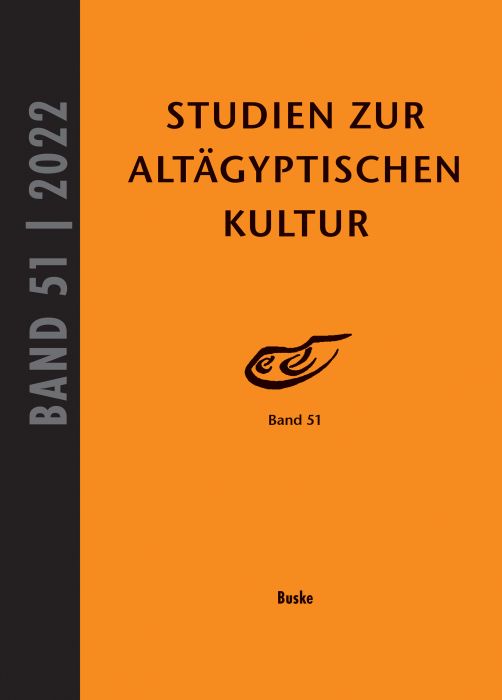Studien zur Altägyptischen Kultur Band 51

Beschreibung
Bibliographische Angaben
| Einband | |
|---|---|
| DOI | |
| Auflage | |
| ISBN | |
| Sprache | |
| Originaltitel | |
| Umfang | VI, 359 Seiten |
| Erscheinungsjahr (Copyright) | 2022 |
| Reihe | Studien zur Altägyptischen Kultur |
| Herausgeber/in | Jochem Kahl Nicole Kloth |
| Hersteller nach GPSR |
Helmut Buske Verlag GmbH |
